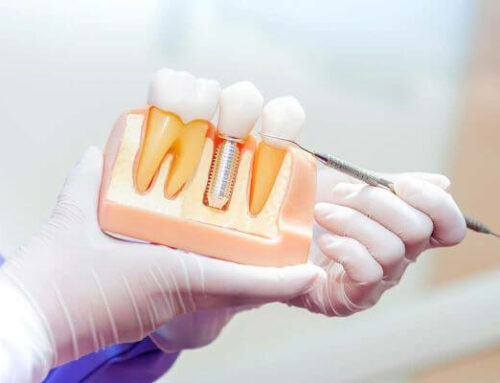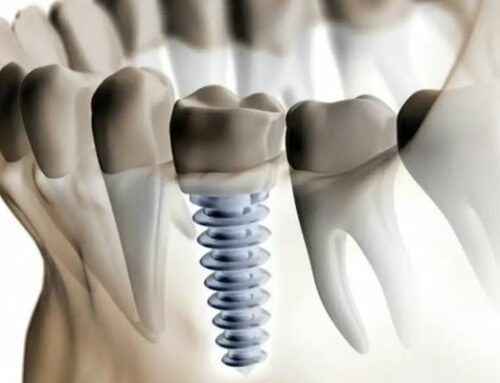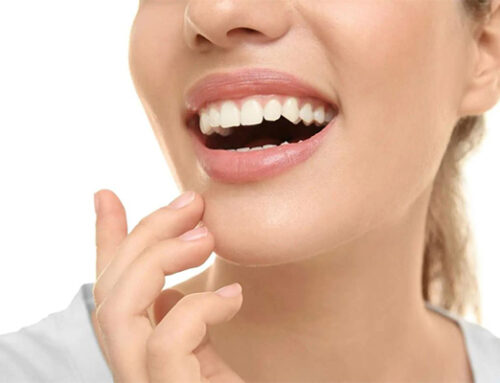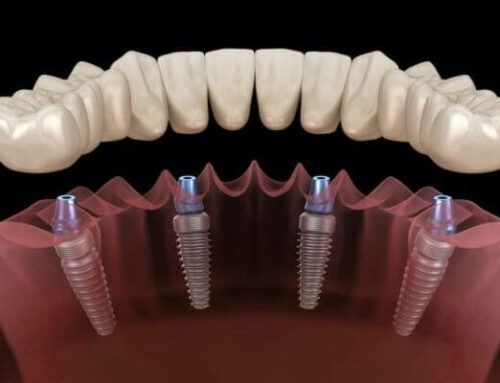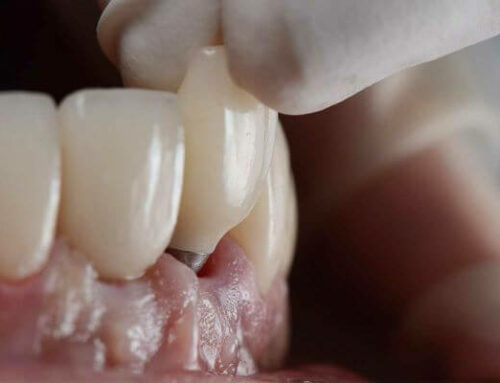A dental crown is a tooth-shaped cover that is used to protect a damaged tooth. It is frequently used in restorative treatments since it helps to restore the shape, strength, size, and appearance of the damaged tooth. A dental crown is commonly recommended in the following situations:
- Offer protection to a decayed tooth
- Support a tooth that has a large filling
- Restore a broken or a cracked tooth
- To be placed over a dental implant
- To be placed over a seriously discolored tooth
- Make a cosmetic modification
1. Types of Dental Crowns
According to the different materials used in fabrication, there are three major types of dental crowns, including All-Metal, All-Ceramic, and Porcelain-used-to-metal (PFM). It is ridiculous to say which type is the best choice because each one has its own features.
-
All-Metal Crowns
All-metal dental crowns are made of metals or alloys like gold, palladium, nickel, or chromium, it has the longest using history. People choose this kind of dental crown because it is quite strong and durable. Among all three types of crowns, it provides the most long-lasting effects.
However, it is not white like other teeth, which is its only disadvantage. Because of its appearance, patients normally will not consider it unless it is for their molars that will not show up when they smile.
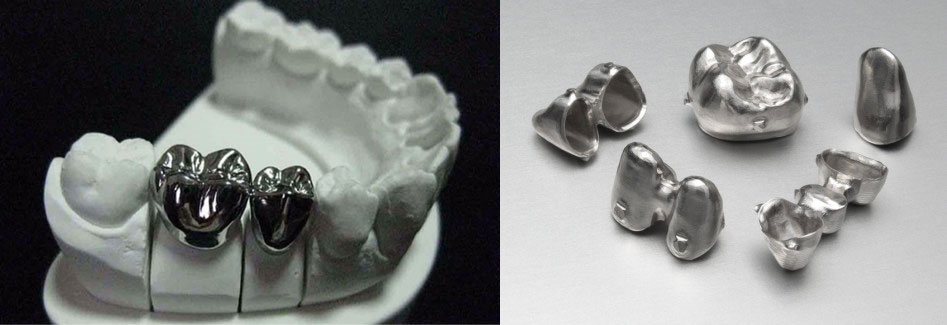
-
All-Ceramic Crowns (porcelain)
All-Ceramic dental crowns are made out of engineered kind of ceramic or pure ceramic, it has been used for decades. People love it mostly due to its superior esthetics. Among all the three types of crowns, it is the most esthetically appealing. Therefore, it is often considered for restoring front teeth.
However, it is not as strong and durable as the other two types of crowns. That is why all-ceramic dental crowns are usually not used for restoring molars that need to withstand heavy chewing and biting.
In order to create more durable dental ceramics, engineered porcelains have been developed such as e.max and zirconia, which enable us to fabricate more robust and, at the same time, esthetically pleasing ceramic crowns.
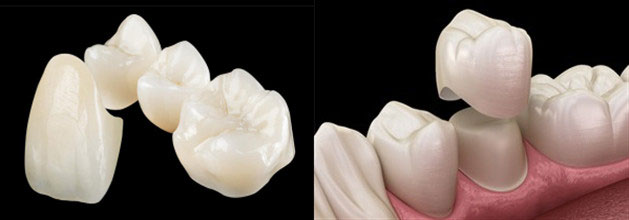
-
Porcelain-used-to-metal Crowns (PFM)
Porcelain-used-to-metal dental crowns have a metal substructure that is covered with a layer of porcelain, it has been popular since the last 1950s. Because of these materials, they are not only natural-looking (second to all-ceramic crowns), but also highly durable (second to all-metal crowns). So, this type is a good choice for restoring both front and back teeth.
However, PFM crowns are usually not used in the front teeth, especially for patients who have high lips. Because they will show all their front teeth when smiling, the underlying metal can be seen as a dark line at the crown’s edge if the patient’s gum line happens to recede over time.
Besides, there is a possibility that the porcelain surface might break off, making it difficult to have a lasting repair. In this case, a new crown might be requested.


